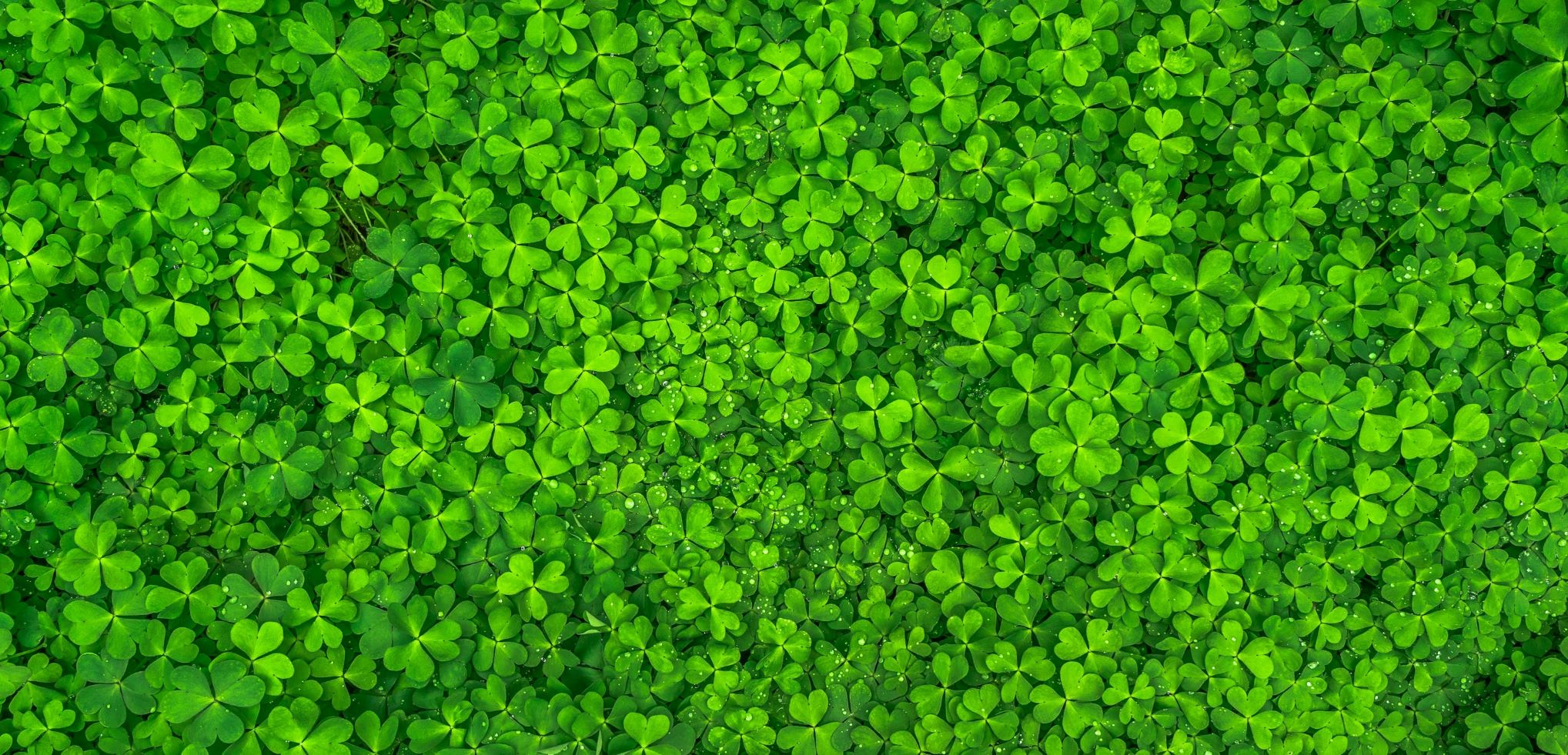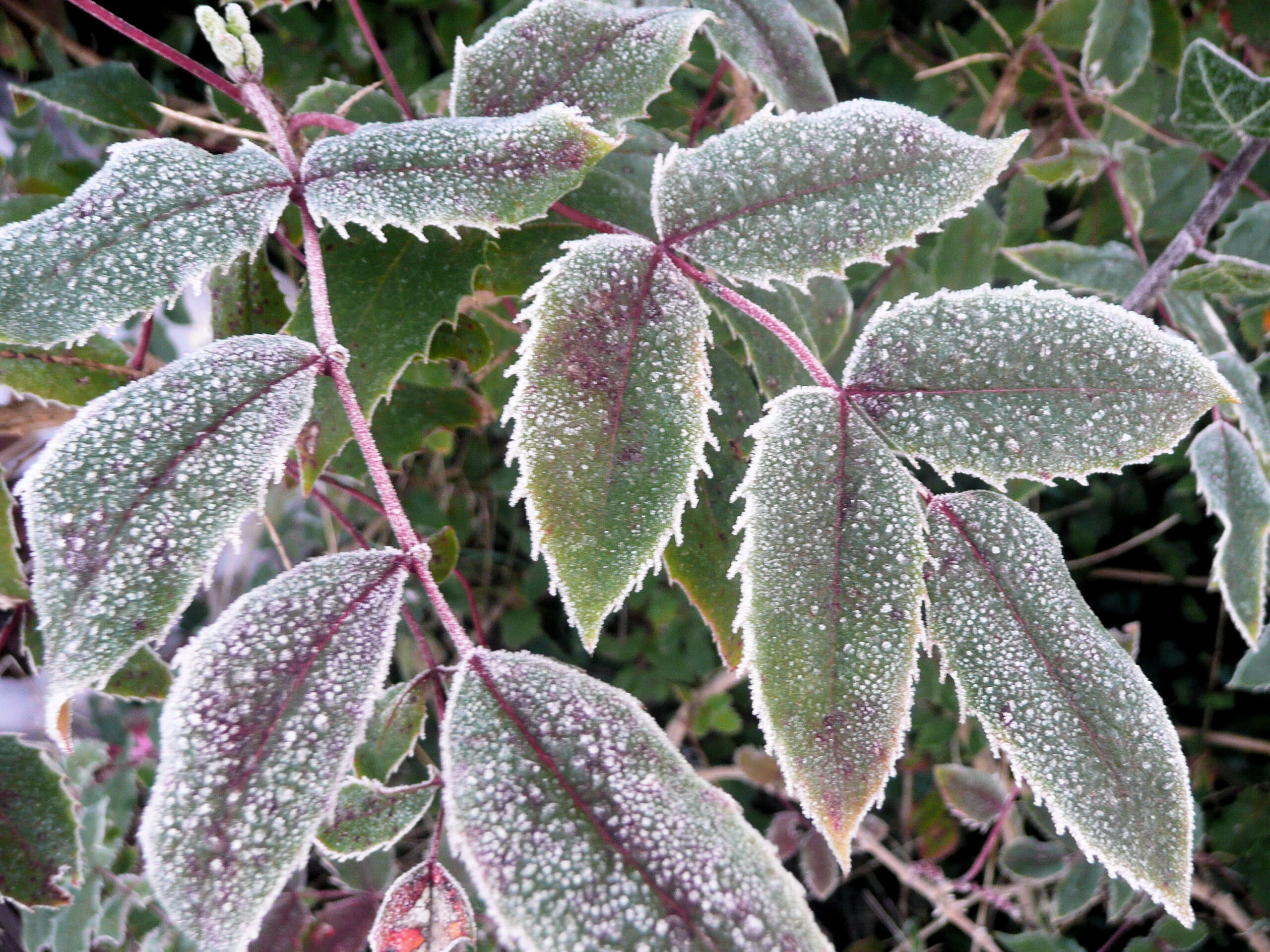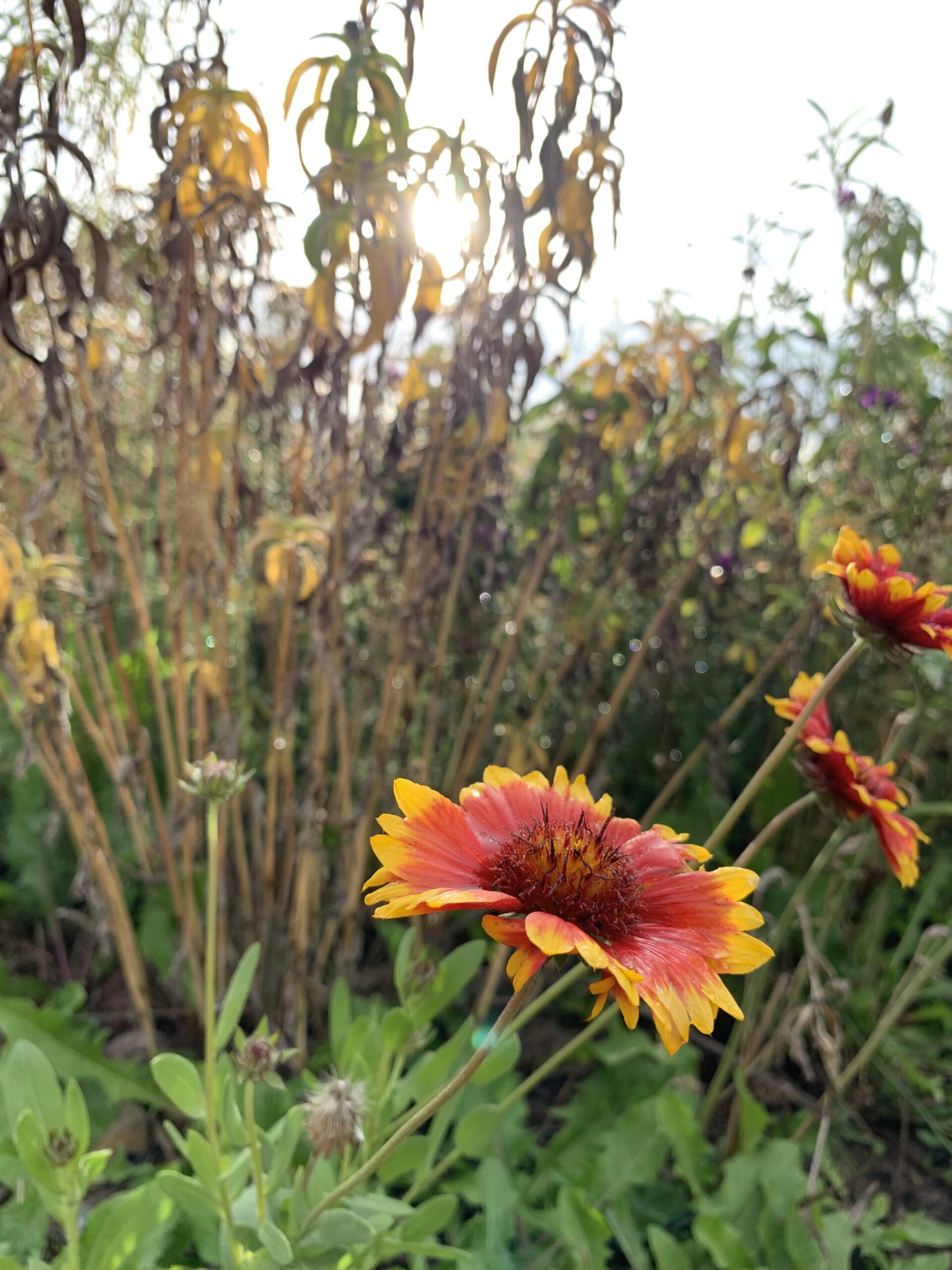By Jessie Walthers, Conservation Program Manager Groundhog Day. Who doesn’t love this most random of…

5 Options for Lawn Alternatives
All too often, lawns are a waste of time, money, and water. So why not try something different? How about one of these lawn alternatives that cost less, conserve water, and don’t need to be mowed?
1. Micro-clover
Before herbicides were commonly used, clover was frequently included in lawn seed mixes. So why did it go out of fashion? The answer is broadleaf herbicides. These chemicals were developed to kill broadleaf plants but not turf grasses. They can be used on lawns to fight weeds, unless you have clover which it kills too.
But if you’re ready for a lawn alternative, check out micro clover. It’s a type of clover that has been cultivated to have smaller leaves, only grow a few inches tall, and to produce very few flowers. If you’re after a lawn alternative that still looks like a lawn, this is good choice.
2. Creeping Thyme
Creeping thyme is a hardy plant that can quickly fill in the empty spaces in paths, lawns, and garden boarders. It is drought tolerant and can handle heavy foot traffic. It also produces pollinator-friendly blooms throughout the summer. As an added bonus, it smells great when crushed underfoot. Make sure to add a boarder around this plant though because it’s so quick to establish and fill in that it may spread too far if not controlled.
3. Dwarf Chamomile
This is a non-flowering, low-growing cultivar of the regular chamomile plant. While you can’t make a tea out of this plant, it does make a great lawn alternative. It grows in a thick, carpet-like mat and does well in loose, soft soils. If you have clay in your soils, this may not be the alternative for you.
4. Irish Moss
If you have a shaded yard, consider using Irish moss as a lawn alternative. This popular alternative does well in light sun under trees or established shrubs. It fills in well between stepping stones and path pavers and has small, white blooms in spring.
5. Green Carpet Rupturewort
This vibrant green, low-growing plant makes an excellent lawn alternative. It’s drought tolerant and can take heavy foot traffic. It has tiny leaves that form a thick carpet and just one main taproot that reduces its water consumption needs. It produces tiny flowers nearly the same color as the foliage and only grows to about two inches tall.



